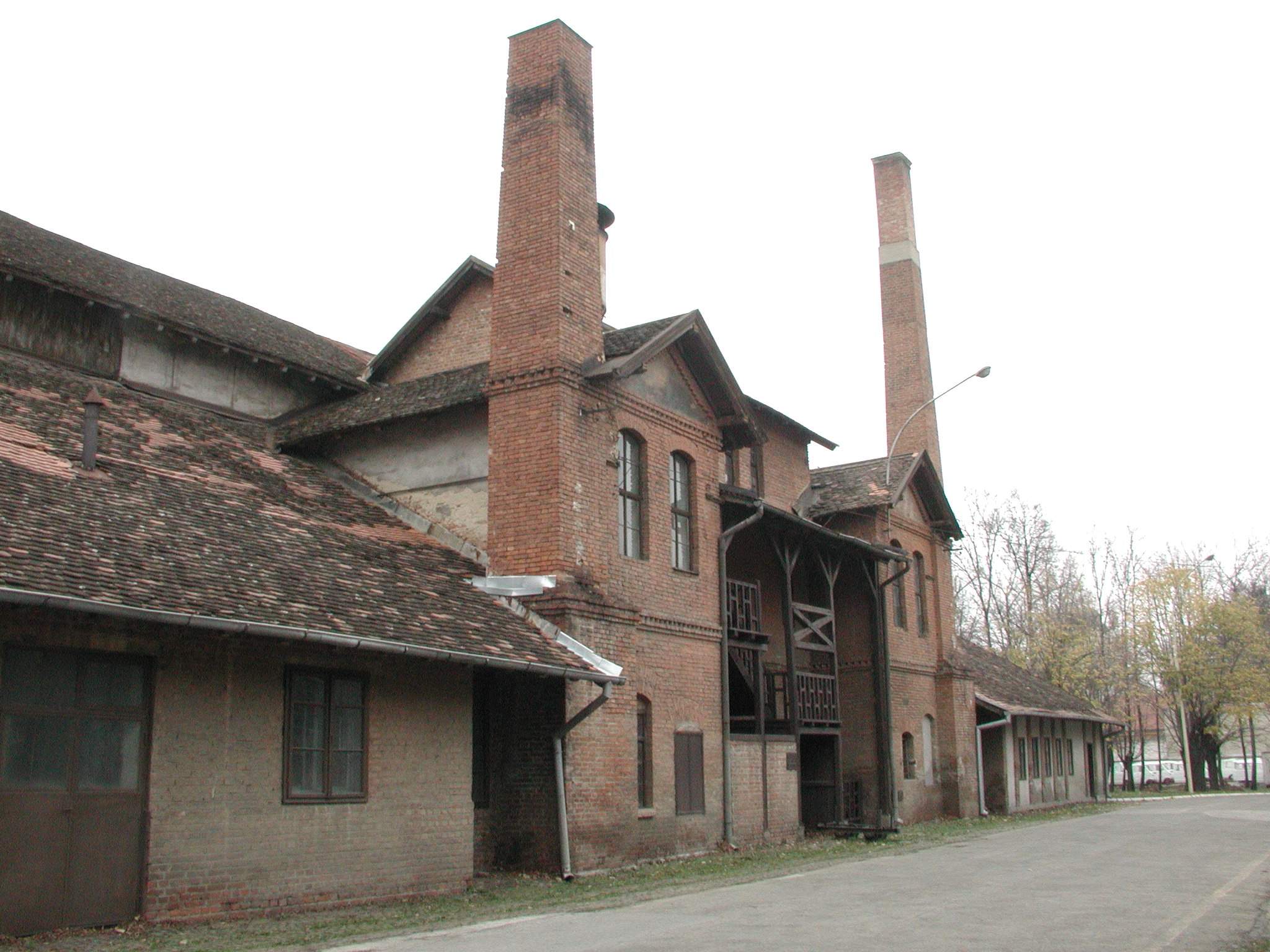During the Balkan Wars and the First World War, until October 1915 (the occupation of Kragujevac) people in VTZ worked night and day
(panel 27). Production of cannon primers increased, and cracked shells were repaired. Regardless of overtime, wage levels were not increased, because provisions in wartime were such. Exhausted after the Balkan wars, Serbia was not ready for a new war; it missed weapons. However, there was a declaration of war, Austro-Hungarians wanted to conquer Serbia. Kragujevac was a special target, because the bombs found during the assassination of Franz Ferdinand were made in the military factory (panel 28).
Until October 1914, there was a lot of work (29 panel), and then the men and machines were evacuated to Nis and Leskovac. They were re-installed because the shells the French sent had to be remodelled. After the victory of Cer and Kolubara, many Austrian cannons were taken and VTZ did the complete overhaul. The first underwater mine was designed by Colonel Miodrag Vasic and it was used on the rivers Sava and Danube for the fight against Austria-Hungary (panel 30).
VTZ during World War I
The enemy bombed Kragujevac twice, on 17th and 18th September, 1915 (panel 31). Two enemy aircraft were shot down for the first time in the history of the Serbian army – one around town, and Radoje Ljutovac, who fired without a sighting device
(showcase 14), hit the other from Metino Hill.
VTZ suffered extensive damage in the bombing, as well as the entire city of Kragujevac. Nevertheless, the workshops were repaired and they worked until the end of October 1915. Before the occupation of Kragujevac on November 2, dismantling of the machines and evacuation of personnel and machines had started, primarily to Kraljevo and Krusevac. Some machines were buried, and the citizens carried rifles, so that did not fall into enemy hands.
With coercion, violence and bribery Germans tried to get information and they managed to seize a large number of rifles, mountain transportation equipment and raw materials. Spoils of war were divided by the Austria-Hungary, Germany and Bulgaria, which received 30% each and Turkey got 10%.
By dismantling of machinery and transport into occupying countries, modern pre-war factory was completely destroyed and devastated. It went to the point that the workshops were converted into stables.
The only bright spot were artisans of VTZ who went through Albania together with the Serbian army; they came to the shores of the Adriatic sea and were picked up by the French ships. About 400 workers were evacuated from Kragujevac, and they went to French military factories in Croesus, Lyon, Paris and Saint-Etienne (panel 32). Workers who were on the front line, (panel 33, 34, 35), repaired and remodeled the ammunition and weapons in mobile field workshops to use them to continue the war, quickly settled in French factories. They showed a high degree of skill and education and received high recognition from the French experts.
Workers’ strikes were one of the forms of the struggle for better working conditions. One of the earliest was organized in 1893 due to the revocation of the right to vote. Workers started the strike because of interruptions in payment, irregularities in the work of supervisors and bosses, long working hours, reduced wages (panel 38).
In the period after The World War II, union organizations and Communist Party fought for full employment and rehabilitation of the factory. Consumer and producer cooperatives of VTZ workers were established in the factory, where they bought groceries at a lower price.
Workers were slowly becoming members of trade unions and the Communist Party in increasing numbers, and union branch of metalworkers was established in Kragujevac in 1934. It is significant that magazine “Svetlost” was launched. Its first issue came out on June 28, 1935 and this magazine became an unofficial institution of CPY. Political life in Kragujevac came back to life, especially after arrival of new leadership with the Communist Party led by Josip Broz.
After The World War II, production was restored and this created a competitive spirit. The trade union organization then included all employees. There was a struggle against the etatisation of the society. Workers’ self-management was introduced. The employees’ collective managed the company through the bodies that they elect and recall by themselves. Until today, the union remains to be a strong organization that primarily takes care of all its members, the working conditions and lives of workers.
